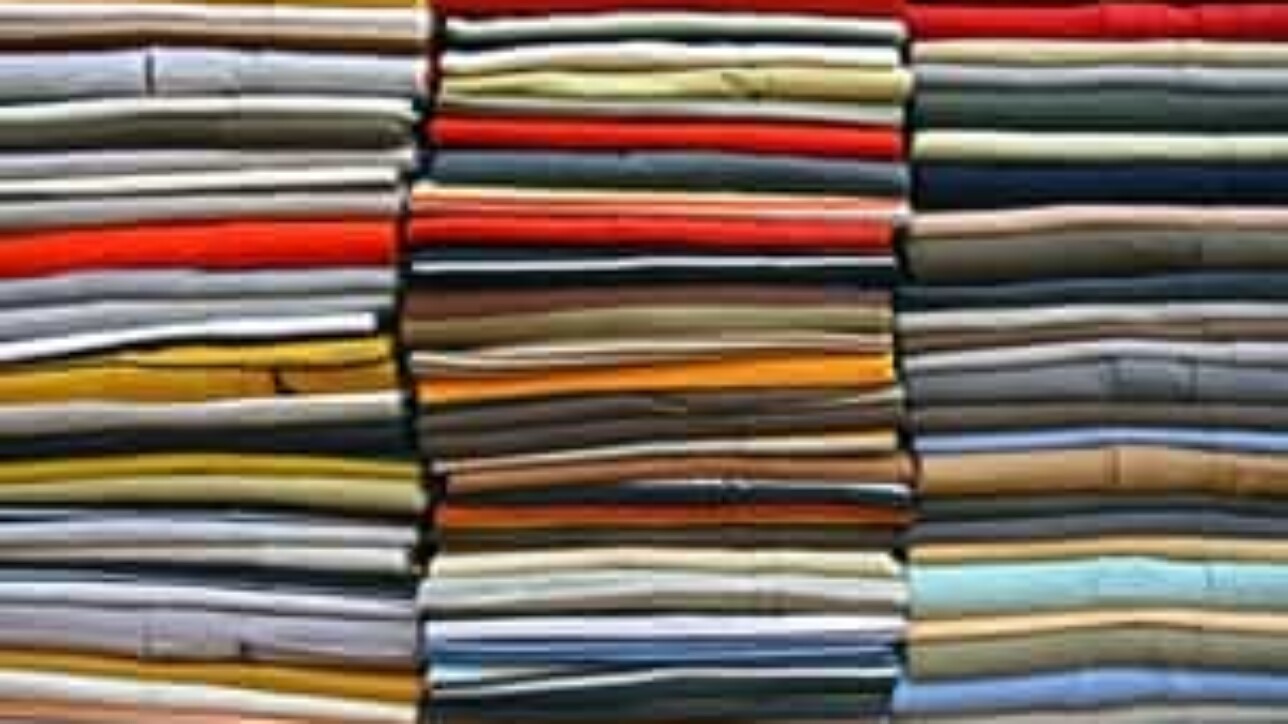Once primarily worn in health care settings and where breathing conditions are poor, the face mask has become as ubiquitous as the smartphone. Suddenly, everyone seems to own one. More people donning them is in response to the novel coronavirus, as the coverings help to minimize the spread of the disease, which health experts believe is primarily spread by airborne transmission.
While omnipresent today, face masks were fairly hard to come by when the pandemic first emerged, impacted by supply chain disruption and growth in health care workers using them to treat patients with the disease without themselves becoming infected.
However, thanks to volunteers and grassroots community involvement, critical shortages in personal protective equipment were resolved. We’re proud to say that The TM Group’s Kiki Hall took part in one such effort earlier this year, which potentially saved an untold number of people from coming down with the highly contagious disease – and potentially spreading it to others whose health may be compromised.
It all started back in March, when Kiki learned that a good friend of hers – Tanya Thomann, whose day job involves teaching at a Detroit public school – was putting together cloth masks. Tanya has a passion for knitting and runs her own company called MayBea Crafted. Most of what Tanya specializes in is winter hats and knitting bags, but after seeing that many of the children she taught didn’t have access to facial coverings, she decided to lend a hand. Kiki offered to help.
“Because she is a teacher in Detroit, she saw the disparity between the city and the suburbs in terms of how little some have,” Kiki said, who works as a consultant at The TM Group. “[Tanya] realized that some of the material she didn’t use she could use for her class and their families.”
Do cloth masks work?
Facial coverings come in a variety of materials, with the most effective being medical grade, or N95. These masks are typically made from synthetic plastic.
While cloth masks typically don’t capture as many particles as those worn in health care settings, several studies have shown them to be more effective at reducing the spread of disease when worn correctly and responsibly. More than 85% of Americans say they have used a face mask at least once within the past week, according to Gallup polling. More companies are mandating their usage, especially when social distancing isn’t possible.
Kiki pointed out the cloth masks she and other volunteers put together used multiple pieces of quilted fabric for this project, with each mask also getting a piece of vinyl.
Leveraging word of mouth and social media, Tanya put a call out to friends and followers, asking if others would be able to provide some assistance in her efforts, whether in terms of donating materials, washing the cloth or cutting it for fabrication, Kiki noted. Tanya also put together kits so those who had sewing machines and wanted to make some themselves could do so.
“The kits were right on her porch for anyone who wanted them could come pick them up,” Kiki explained. “She herself made over 1,000 masks as well as some of the people to give to places where there were vulnerable people.”
Project led to over 7,000 cloth mask donations
Kiki noted that Tanya also received more than enough cloth, as a friend donated a van that was full of material, all of which could go toward the project.
“Between the people who sowed for her, how many that she sowed and the mask kits themselves, [Tanya] was able to provide masks to people who could not buy them, which at the time was well over 7,000 masks,” Kiki said. “It was a big group effort by a lot of people, mostly those whom she knew through Facebook or the knitting guild that we both belong to. Everyone came together.”
Kiki also took part by sewing masks with the kits Tanya provided. Once they were finished, she gave them away to people who worked where her two kids are employed. She also had them sent to nurses in Colorado, who could then hand them out to people who were inside the hospitals but without masks.
If there is anything Tanya is especially grateful for, it’s the all-hands-on-deck response that she got when asked if anyone was willing to help her out, as well over 30 people participated in some way.
“I think people want an opportunity to help,” Tanya told regional television station Local 4. “I think people want to be able to be of service, but we just don’t often know how. We need someone to tell us how we can plug in. Within hours, people started showing up to take garbage bags full of fabric home with them.”
With masks more easily available these days, the project has since died down, but Kiki noted it may pick back up again should there be another shortage and cases surge.
We’d like to thank Kiki, Tanya and everyone who participated. When people collaborate and coordinate in a common cause, problems become solutions.
Sources:
https://news.gallup.com/poll/313463/mask-worry-lack-social-distancing.aspx



